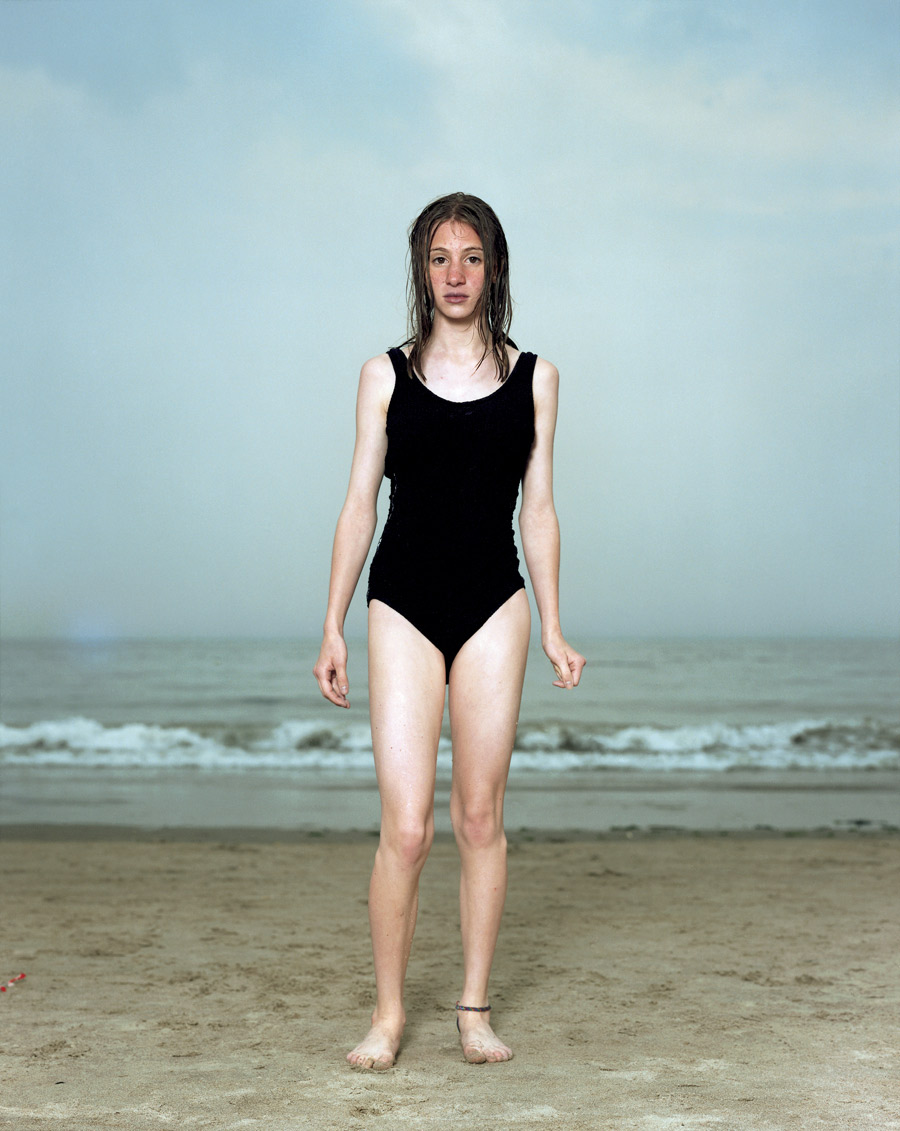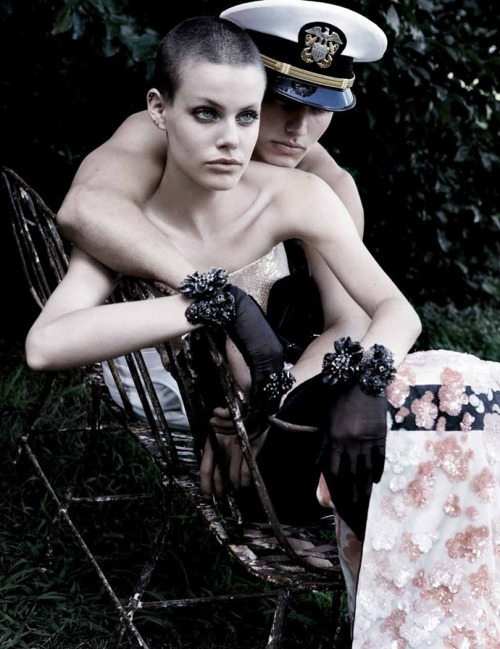August Sander
In this series
"People of the 20th Century" Sander photographs his fellow countrymen of Germany during the period of the Weimar Republic, the purpose of these photographs was to document different social classes in Germany of that period. The work consists of Sander taking portraits of people in their environment which corresponds to the individuality of the subject e.g. the photograph of the chef in his kitchen, documenting a person in their workplace. In terms of camera position of this series, the camera is face on which means when looking at this series you get this sense of intimacy especially in the photographs which are photographed indoors. In terms of Body posture in the first and second images seems too posed, maybe this is because the subjects trying to put on a facade. The third and fourth images seem more relaxed and natural, maybe because they are both photographed in a more open space. I find that in these images that the composition is quite central in the majority of Sander's work.
Rineke Dijkstra




In this series of Beach Portraits, Dijkstra photographs young people emerging from the sea. With this series what I find most interesting is the body posture of the subjects in these photographs because of the awkwardness of the body postures especially in the second image where one boy is standing in more a masculine posture and the other boy is standing in a more feminine body posture. I find that within this series there is a sense of vulnerability and exposure because of the subjects being photographed in only their swimwear. This sense of being exposed is further driven because of the choice of lighting being used e..g portable flash which is like having a spotlight on you. Moreover there is a sense of sexualisation in this series because of the present element of adolescence and puberty when comparing the first and second images, as well as the third and fourth. However, I find these images to have a sense of beauty especially in the second image which could be compared with Sandro Botticelli's
The Birth of Venus.
Patrick Demarchelier



Helmut Newton
In this series Helmut Newton photographs actresses Marlene Dietrich and Greta Garbo in Traditionally male orientated suits. This series portrays these women in a typical man's role of flirting with women. I think with the use of black and white it makes the series seem more sophisticated and glamorous and brings this sense of Film Nior to the series. Also the series has a lot of sexuality to it because of the provocative positions of the subjects.
Androgynous Inspiration
Katherine Hepburn
A poster girl for androgynous chic, Katharine Hepburn almost single-handedly broke down the female dress code by wearing men’s trousers, oversized shirts and, if rumour has it, never owning a single dress or skirt. Nowadays menswear inspired clothing for the fashionable femme fatale is hardly a sartorial shocker, but in the 1930s, 40s and 50s, Hepburn’s relaxed approach and apparent aversion to typically feminine clothingcaused a stir and carved the way for the tomboy looks of today.
Twiggy















.png)

























